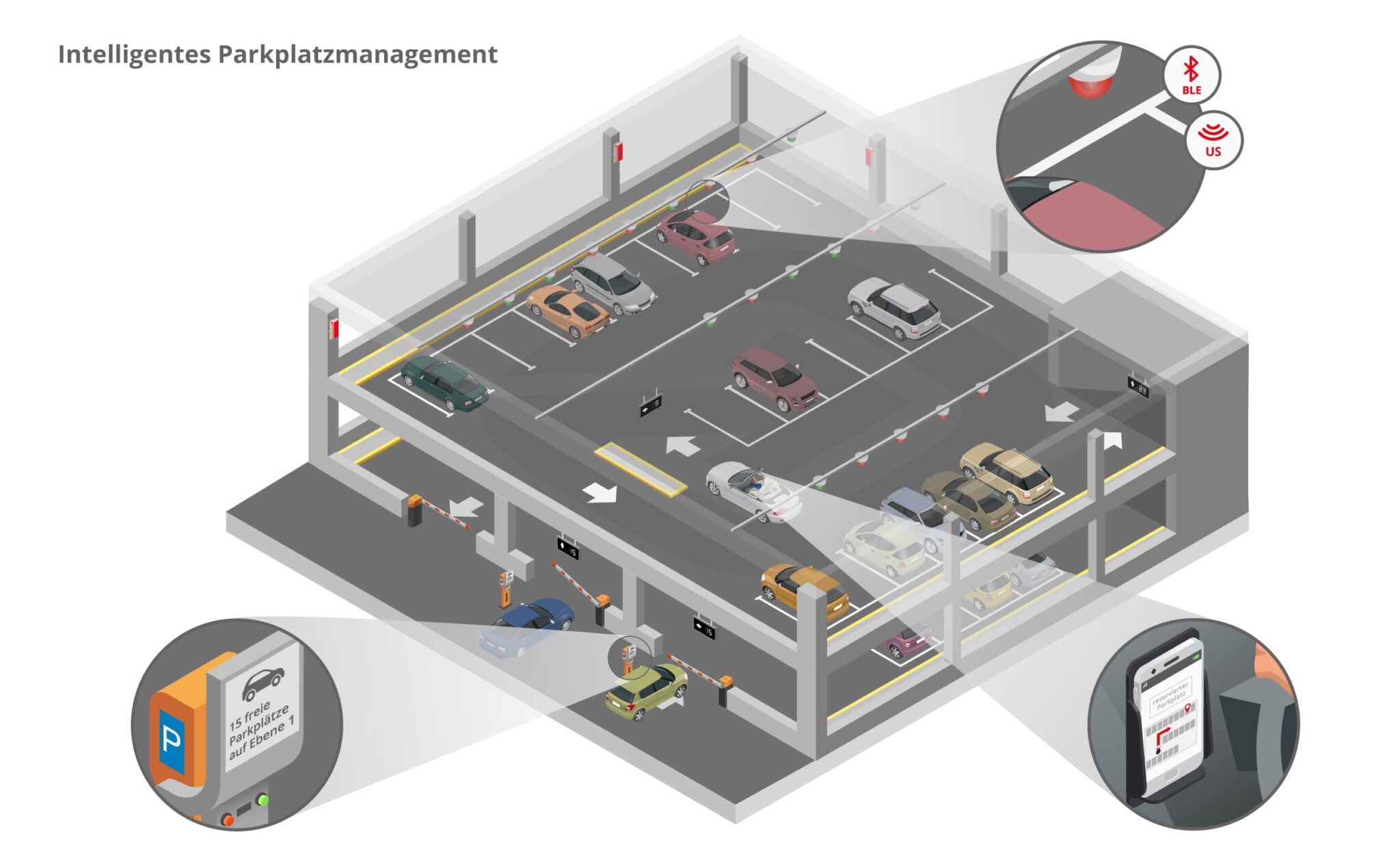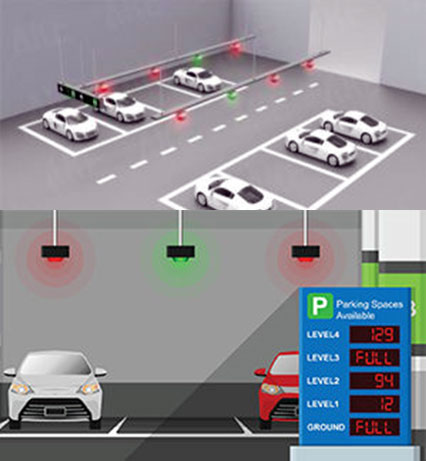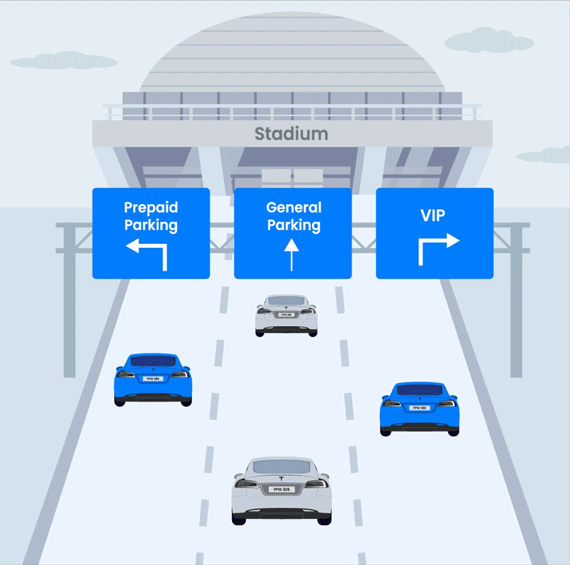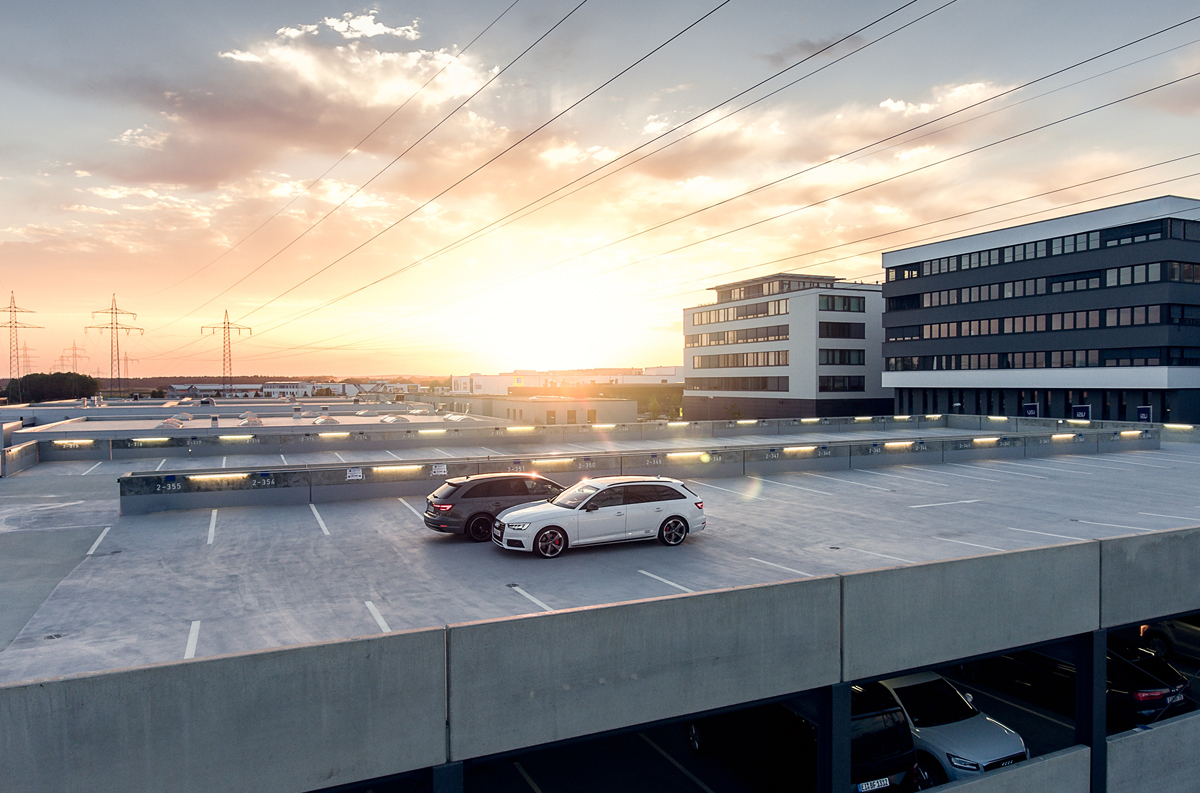Park Smart: Mastering the Art of Event Parking Management

Picture this: You’re excited for a big event, you’ve got your tickets, your outfit’s ready, and you’re practically bursting with anticipation. But then, you hit the parking lot. Traffic’s backed up, tempers are flaring, and finding a spot feels like searching for a needle in a haystack. Sound familiar?
This scenario is a nightmare for event organizers and attendees alike. But fear not, because with some strategic planning and a dash of ingenuity, event parking can go from a headache to a breeze.
Related Articles: Park Smart: Mastering the Art of Event Parking Management
- Parking Wars: Your Guide To Navigating CU Boulder’s Parking Jungle
- Stansted Airport Parking: Don’t Get Fleeced!
Your Guide To Finding The Best Deals
- Chugach National Park: Where Alaska’s Wild Heart Beats
- Park It Anytime: Your Guide To 24-Hour Parking Services
- Diamond Parking HQ: Where To Find Your Answers (and Maybe A Parking Spot)
Let’s dive into the nitty-gritty of event parking management, and unlock the secrets to creating a smooth and stress-free experience for everyone.
1. Plan Ahead: It’s Not Just About the Parking Lot
"Failing to plan is planning to fail," and that rings especially true for event parking. Before the first guest even arrives, you need a solid blueprint.
- Assess the Event: What kind of event is it? How many people are expected? What’s the duration? Answering these questions will help you estimate parking needs and determine the right approach.
- Map It Out: Don’t just rely on a rough sketch. Create a detailed parking map, including designated areas for different types of vehicles, ADA parking, and overflow options. This map will be your guide for everything from signage to shuttle routes.
- Think Beyond the Lot: Consider the surrounding area, including public transportation options, ride-sharing possibilities, and even bike racks. Offering diverse transportation choices can significantly reduce the burden on parking.
- Don’t Forget the Staff: Your parking crew needs to be well-trained and equipped. Clearly define roles, provide communication tools, and ensure they have access to updated maps and instructions.

2. Technology to the Rescue: Streamlining Parking Operations
In today’s world, technology is your ally in creating an efficient parking experience.
- Online Pre-Booking: Allow attendees to purchase parking passes in advance, eliminating the need for long lines at the gate. This also helps you gauge demand and manage capacity.
- Mobile Parking Apps: These apps can guide drivers to available spots, provide real-time parking updates, and even allow for contactless payment. A win-win for everyone!
- Automated Gate Systems: Skip the manual ticket taking and opt for automated gates that scan pre-purchased passes or license plates. This speeds up entry and reduces congestion.
- Dynamic Signage: Use digital signage to display parking availability in real-time, helping drivers avoid circling endlessly for a spot.

3. Space Optimization: Getting the Most Out of Your Parking Area

Every inch counts when it comes to parking. Smart space management can make a huge difference.
- Maximize Parking Density: Use efficient parking layouts, such as parallel parking or angled parking, to fit more vehicles in a given area.
- Utilize Vertical Space: Consider multi-level parking structures or even temporary parking ramps to increase capacity.
- Embrace Alternative Parking: Explore options like off-site parking with shuttle services, or partner with nearby businesses to create temporary parking areas.
- Don’t Forget the Flow: Plan traffic flow patterns to prevent congestion and ensure smooth entry and exit. Think about one-way lanes, clearly marked lanes, and wide turning radii.
4. Communication is Key: Keeping Everyone Informed
A well-informed attendee is a happy attendee. Clear and consistent communication is essential for a successful parking operation.
- Website and Social Media: Share parking information prominently on your event website and social media channels. Include details about parking fees, accessibility, and alternative transportation options.
- Email Updates: Send out pre-event emails reminding attendees about parking arrangements and providing helpful tips.
- On-Site Signage: Use clear and concise signage throughout the parking area, guiding drivers to designated spots and providing important information.
- Mobile App Notifications: Keep attendees updated with real-time parking availability, traffic updates, and any changes in parking arrangements via your mobile app.
5. Beyond the Basics: Extra Touches for a Positive Parking Experience
Going the extra mile can make a big difference in creating a positive parking experience.
- Valet Parking: Offer valet parking for guests who want a hassle-free experience.
- Shuttle Services: Provide shuttle services from off-site parking areas or public transportation hubs.
- Accessibility Considerations: Ensure that your parking area is accessible to people with disabilities. Provide designated parking spaces, accessible walkways, and clear signage.
- Security Measures: Implement security measures to protect vehicles and attendees. This might include security personnel, surveillance cameras, and well-lit parking areas.
- Sustainable Practices: Consider using eco-friendly parking solutions, such as solar-powered lighting or electric vehicle charging stations.
6. Don’t Forget the Post-Event Debrief:
The work isn’t over when the event ends. Take the time to debrief and learn from your parking management experience.
- Gather Feedback: Collect feedback from attendees, staff, and stakeholders about their parking experience. What worked well? What could be improved?
- Analyze Data: Review data from your parking system, such as parking utilization, wait times, and traffic patterns. This data can help you identify areas for improvement.
- Make Adjustments: Based on your feedback and data analysis, make adjustments to your parking plan for future events.
Parking management might seem like a logistical hurdle, but with careful planning, smart technology, and a focus on the attendee experience, it can be transformed into a seamless and positive part of your event.
FAQ
Q: How do I determine the right number of parking spaces for my event?
A: The number of parking spaces you need will depend on several factors, including the expected attendance, the event duration, and the availability of alternative transportation options. A good rule of thumb is to estimate one parking space per 5-10 attendees, but this can vary widely depending on the specific event.
Q: What are some tips for managing traffic flow in a parking lot?
A: To manage traffic flow effectively, you need to create a clear and efficient circulation pattern. Consider using one-way lanes, clearly marked lanes, wide turning radii, and traffic control devices like cones or barriers.
Q: How can I make my parking area more accessible for people with disabilities?
A: To ensure accessibility, provide designated parking spaces, accessible walkways, and clear signage. Consider using ramps, curb cuts, and other features to make the parking area accessible for everyone.
Q: What are some ways to improve parking security?
A: You can improve parking security by implementing measures like security personnel, surveillance cameras, well-lit parking areas, and secure parking gates. Encourage attendees to park in well-lit areas and report any suspicious activity.
Q: How can I make my event parking more sustainable?
A: There are many ways to make your event parking more sustainable. Consider using eco-friendly parking solutions, such as solar-powered lighting or electric vehicle charging stations. You can also encourage attendees to use public transportation, ride-sharing, or biking.

Closure
Thus, we hope this article has provided valuable insights into Park Smart: Mastering the Art of Event Parking Management. We hope you find this article informative and beneficial. See you in our next article!


